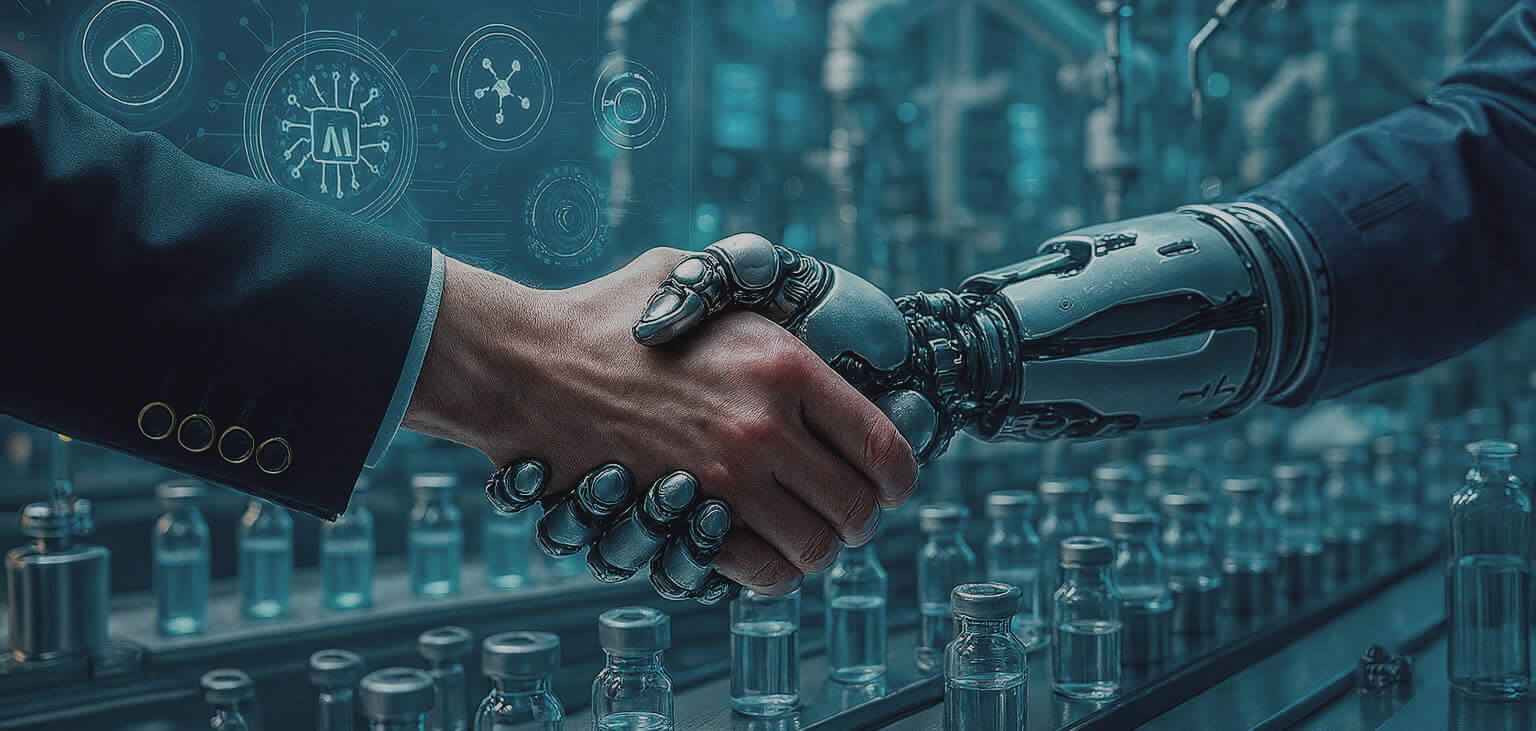
Artificial Intelligence (AI) in Parenteral Drug Manufacturing
How AI is revolutionizing sterile production through precision, efficiency, and real-time decision-making.
Understanding Artificial Intelligence
PDA aims to move the industry beyond the hype of Artificial Intelligence by leveraging a scientific mindset to vet, validate, and democratize AI capabilities and functionalities to drive innovation, value, and impact within Pharmaceutical Manufacturing. As the race to develop and adopt this advanced technology accelerates, it will further fuel the digitalization of pharmaceutical processes. However, to identify high-value opportunities that would fully realize the potential of these advancements, it is necessary for the pharmaceutical community to develop awareness and understanding of what AI is, what can be accomplished with AI, and the risks that will need to be mitigated.
Patient safety is the of paramount concern and there is no room for error. Therefore, it is critical to ensure AI solutions – from predictive analytics to generative models – are not only effective but also responsible. Developing a foundational standard necessitates a common language and understanding around AI.
To further this goal, PDA has developed a glossary of AI-related terminology and presented them in terms of how each can be understood and applied within the pharmaceutical manufacturing space. The full listing of terms and their definitions are here:
PDA AI Glossary
The information provided within these pages serves as a resource hub for AI related topics, concepts, and terminology to align pharma industry perspectives and highlight AI’s role in improving process efficiency, product quality, and regulatory compliance.
The History of Artificial Intelligence
1950s – 1970s
Early AI research
First neural networks
1980s – 1990s
Machine learning (decision trees, random forests)
Supervised vs. unsupervised learning
2000s – 2010s
Deep learning breakthroughs
Neural networks resurgence
2020s
LLMs
Generative AI (GenAI)
Agentic AI
AI has been shaping the pharmaceutical industry since its beginnings in 1956. While AI plays a crucial role in scientific advancements, it extends far beyond Large Language Models (LLMs). From drug discovery to manufacturing optimization, AI encompasses a broad range of technologies driving innovation and advancement in pharma.
Different Types of AI in Pharma
- Regulatory Documentation Automation
- Manufacturing SOP Optimization
- Automated Troubleshooting Guides
- Predictive Maintenance Scheduling
- Synthetic Batch Data Generation
- Automated Root Cause Analysis
- Real-Time Defect Detection
- Process Parameter Optimization
- Automated Label & Packaging Inspection
- Yield Prediction & Optimization
- Supply Chain Risk Assessment
- Energy Efficiency Optimization
- Real-Time Process Control
- Deviation Detection & Anomaly Prediction
- Automated Cleaning Validation
- Smart Factory Automation
- AI-Driven Quality Assurance
- Real-Time Decision Support for Operators
LLM: Large Language Models | Gen AI: Generative Artificial Intelligence | DL: Deep Learning | NN: Neural Networks | ML: Machine Learning | AI: Artificial Intelligence
AI is transforming pharmaceutical manufacturing by optimizing processes, enhancing efficiency, and ensuring quality at every stage. From smart factory automation and real-time defect detection to predictive maintenance and yield optimization, AI-driven technologies—including LLMs, GenAI, DL, NN, ML, and AI—are revolutionizing how drugs are produced. These innovations improve process control, supply chain resilience, and regulatory compliance, driving a more efficient and scalable future for drug manufacturing.
The Importance of AI from a Regulatory Perspective
November 2017
European Pharmacopoeia 9th Edition (General)
December 2023
EMA & HMA AI Workplan 2023–2028
September 2024
EMA Reflection Paper on the Use of AI in the Medicinal Product
April 2024
MHRA AI Regulatory Strategy
May 2024
MHRA AI Airlock Pilot
March 2024
FDA Artificial Intelligence and
January 2025
FDA Draft Guidance on AI for Regulatory
Ongoing (Regular Updates)
FDA AI/ML-Enabled
